The CRISPR/Cas9 toolbox has been expanded with fluorescent Cas9 and a dCas9 functionalized with a tag able to activate gene expression that can be transfected to cells directly as ribonucleoprotein complexes (RNP).
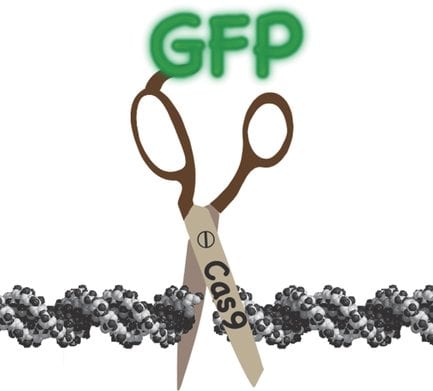

The CRISPR/Cas9 toolbox has been expanded with fluorescent Cas9 and a dCas9 functionalized with a tag able to activate gene expression that can be transfected to cells directly as ribonucleoprotein complexes (RNP).

Researchers from Eindhoven have developed a spiropyran containing photoresponsive size-tunable hydrogel that can be used as a micromixer or light switchable valve.
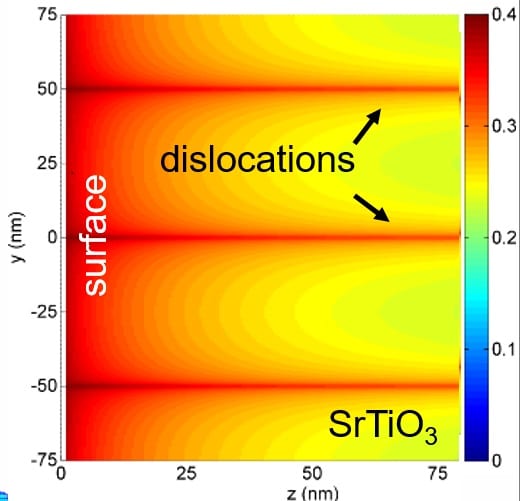
Plastic strain engineering to analyze the effect of dislocation space charges on electrical and oxygen diffusion properties in SrTiO3 as a model oxide.
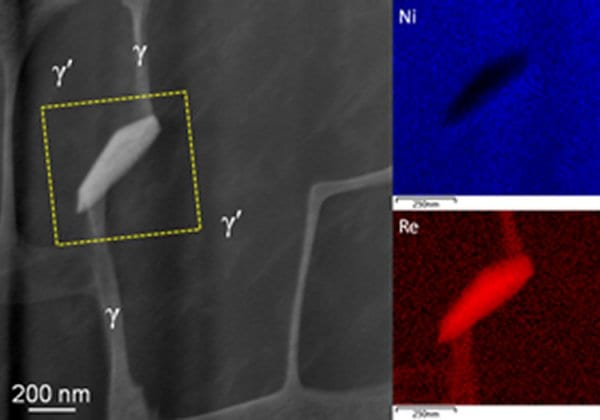
The early stage nucleation and development of the harmful TCP phases in a 3rd generation nickel-base single crystal superalloy is studied.
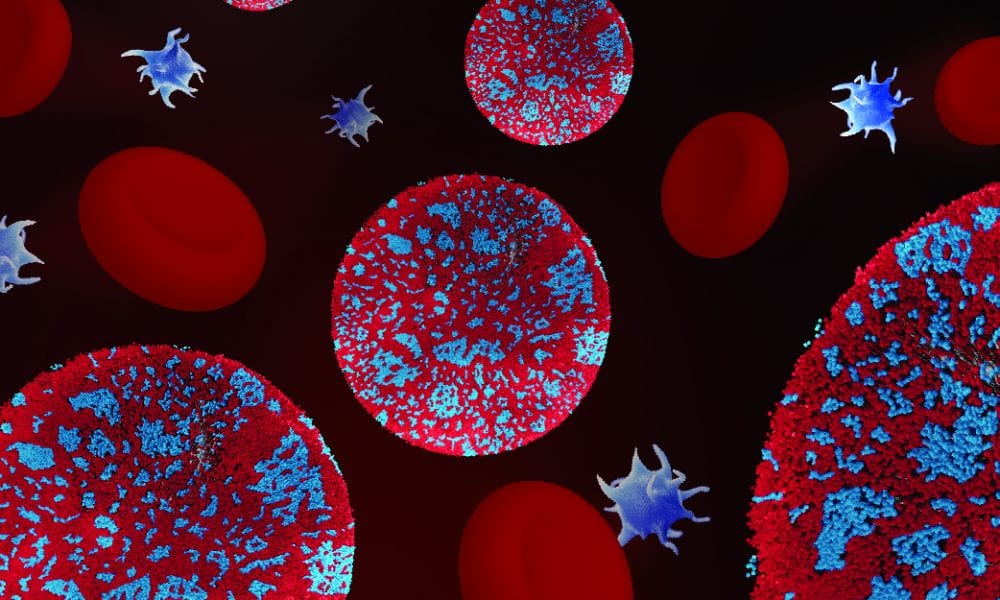
A new hybrid nanomaterial combines membranes from multiple cell types, enabling the fabrication of membrane-coated nanoparticles with an increased number of functionalities.
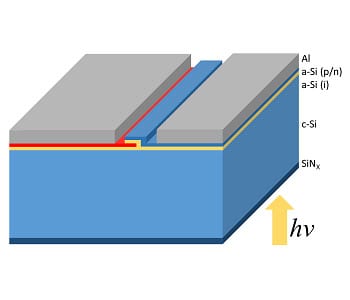
Replacing the commonly used ITO/Ag contact stack with aluminum allows for an increased efficiency and lower manufacturing costs of heterojunction solar cells.
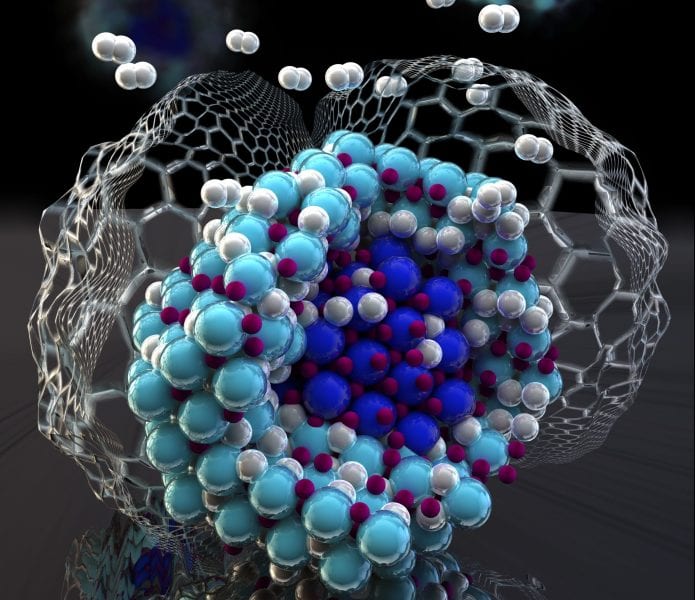
Internal interfaces in the Li3N/[LiNH2 + 2LiH] solid-state hydrogen storage system alter the hydrogenation and dehydrogenation reaction pathways upon nanosizing, suppressing undesirable intermediate phases to dramatically improve kinetics and reversibility.
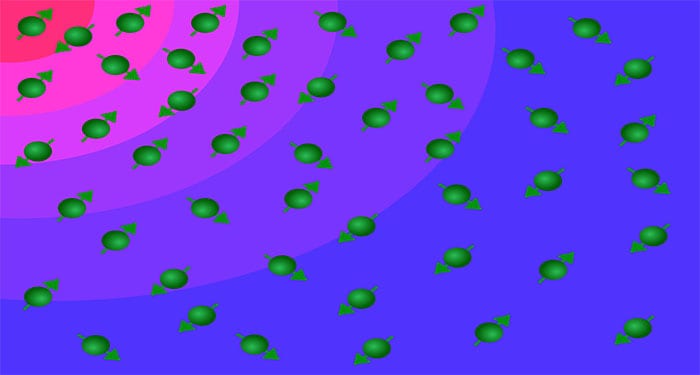
Possible mechanisms for energy transfer based on ‘rare’ or ‘non-perturbative’ effects, in physical systems that present a many-body localized phenomenology are reviewed.
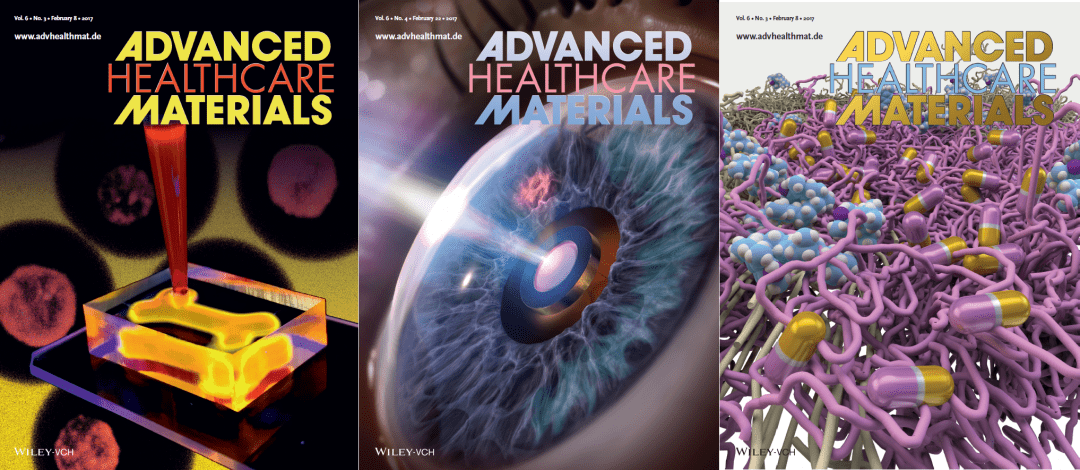
Research highlights from this month’s Advanced Healthcare Materials issues.
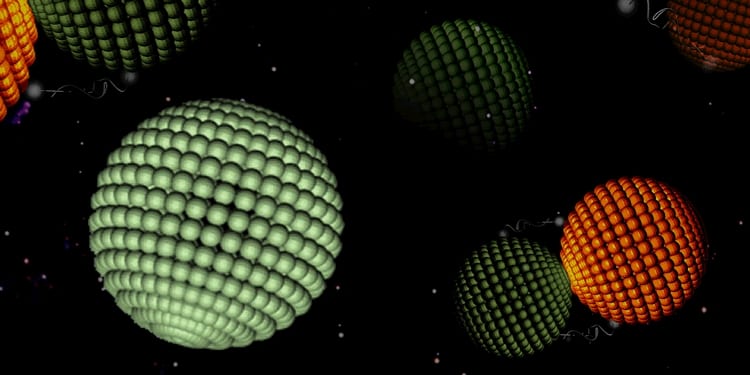
Porous liposomes can provide a suitable environment for controlled nanoreactions admitting molecules of a specific size only.